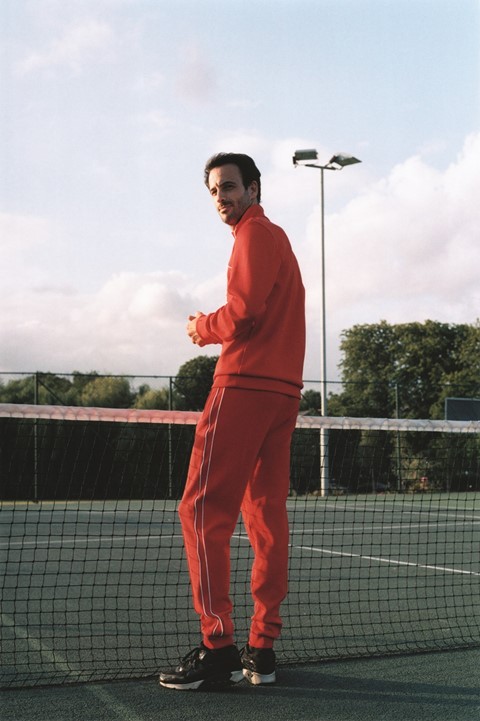Does contemporary dance draw physical and psychological parallels to tennis? For this lauded, London-based choreographer, the answer is most certainly yes
“I love the fact that with tennis, as with dance, the audience gives a lot of power to a match. The fact that they’re observing gives it meaning. There are times in the studio when I think there’s something missing. If I’m lucky, I realise that it’s the audience, as the audience is what gives a performance power – it’s experienced by a lot of people together. There’s something very ancient about it and tennis totally has that; it’s like gladiators but clean and non-violent. You can see how the players respond, how they always play better when they play at home. It’s a sport about going inside yourself, but I think a lot of players really like being watched. They are performers: it’s what gives them motivation and energy. If they succeed under these conditions and pressures to master a shot, that’s their imagination translating into physicality. I’m addicted to that.”
Comparing the vibrant, convention-breaking modern dance creations of Hofesh Shechter with the all-white rigour of the tennis court may seem like a stretch, but the Israeli-born, London-based choreographer demurs. “Tennis is really fun,” he says, “and when you find the fun in creativity you find it is full of playfulness.” Over the past 12 months, London has brimmed with Shechter’s version of play – having enjoyed a month-long season dubbed #HOFEST, his eponymous dance company staged a dance trilogy, Barbarians, at Sadler’s Wells; not to mention directing his inaugural opera, Gluck’s Orphée et Eurydice, at the Royal Opera House. Fortunately, things show no sign of waning for the talent, as he prepares to take Barbarians on tour throughout Europe from September 2016.
